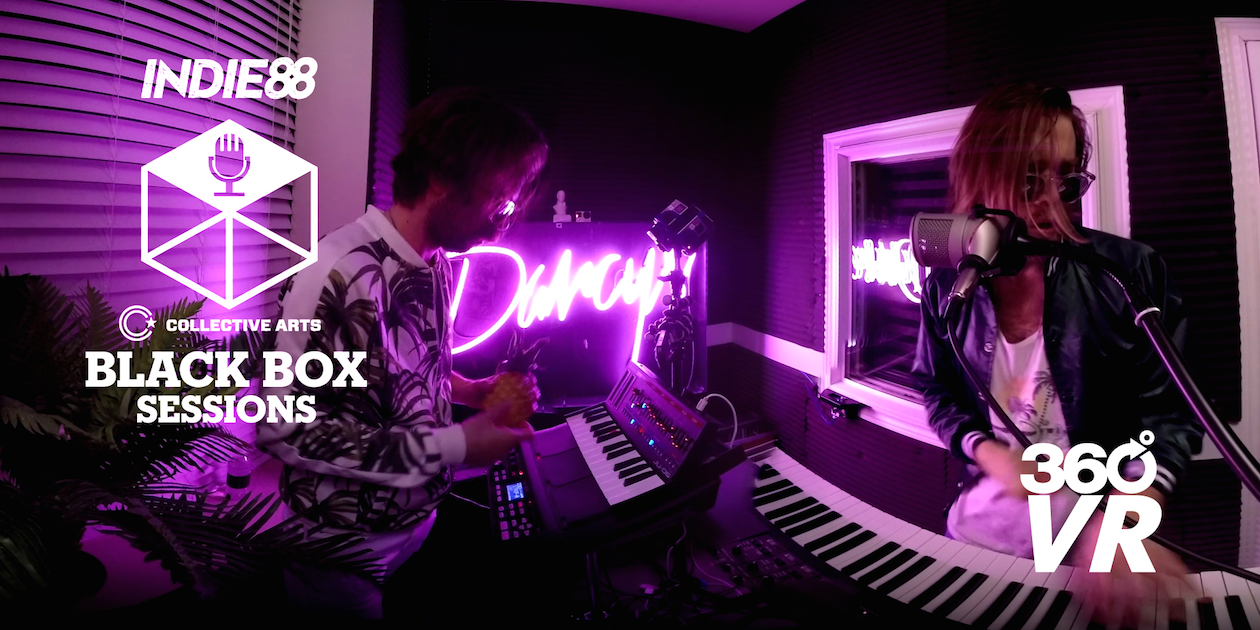When the CRTC granted Barrie’s Central Ontario Broadcasting a license in 2013 for what would become Toronto station Indie88.1, its first hire wasn’t a program director or head of sales, but director of digital media Paul Moran.
It was a hire that signalled the company’s intent to create a true 21st Century media brand, complementing its terrestrial radio operations with a robust online and social presence.
“The people who run this company had enough foresight to know that to launch a station in the number one market in Canada in [2013], you needed to have a strong digital presence,” said Moran, whose career has included stints as digital marketing manager with organizations including the National Hockey League Players Association and the Luminato Festival.
“Radio stations need to look different in 2016 than how they looked five or even three years ago,” he added. “It used to be live and local, but now with mobile being the first screen, it’s all about having a mobile-first digital presence and a content-rich platform.
“We’re not really just competing with other radio stations – we’re competing with big [online] brands that invest in content marketing, whether it’s Mashable or the NHL Network.”
Three years after its launch, Indie88 has become what Moran described as a “cross-platform media company.” Its website boasts more than 500,000 unique visitors and 1 million monthly page views, while its various social channels generate up to 1 million “engagements” (likes, comments, shares, etc.) each month.
The station’s YouTube channel boasts just over 11,000 subscribers, while its Facebook page has more than 75,000 likes and its Instagram account has more than 25,000 followers.
By comparison, the radio station itself has an average minute audience of 5,700, a daily cume of 179,900 listeners, and a 2% share of the Toronto market among listeners 12+, according to Numeris data for the Nov. 30 to Feb. 28 ratings period.
Indie88’s target audience is adults 25-34 with a slight male skew, though it also appeals to a broader adult 18-54 demographic. Moran describes Indie88’s listeners as “explorers” who enjoy the city’s nightlife.
Moran said online video had emerged as a “major part” of Indie88’s content marketing strategy, with its live artist session the Collective Arts Black Box Session (the name is a nod to the show’s sponsor, Hamilton-based brewer Collective Arts Brewing) emerging as one of its flagship properties.
Led by the likes of Seattle station KEXP, BBC Radio’s Live Lounge and the Black Cab Sessions, live artist sessions have become a digital mainstay in recent years, with Moran saying Indie88’s objective was to make its property stand out amid a sea of competitors.
Shot in black and white in an approximately 30-square foot voice booth, the Collective Arts Black Box Session has featured performances by several prominent indie bands including Death Cab for Cutie, Chvrches, Vance Joy, Wintersleep, City and Colour, Metric and Hozier (who performed with seven backing vocalists).
To mark the 100th edition of the series, the station recently created a 360-degree virtual reality experience featuring Toronto art pop band The Darcy’s. The video was created by Toronto digital agency Tyger Shark, whose client roster includes McDonald’s, The Keg, Kraft Foods and youth-oriented brands like Ovo.
“We understand the value of quality content to our audience,” said Moran. “It’s something we’ve been invested in from the beginning. Consumers are looking for more immersive content experiences.”
While the video is optimized for a VR headseat (“You’re completely immersed,” says Moran), users can also watch via YouTube’s mobile app or through a standard web browser.
The video was shot with 16 cameras and painstakingly stitched together to create a panoramic view of The Darcy’s performance, and also used 3D microphones that captured audio from multiple angles. A video like this can cost anywhere from $5,000 to $25,000 to create, said Moran.
Panoramic video is steadily gaining in popularity, with YouTube this week introducing 360-degree live streaming and spatial audio designed to put viewers inside an experience. The online video giant introduced the technology with 360-degree live streams of select artists at the annual Coachella festival.
“What excites me most about 360-degree storytelling is that it lets us open up the world’s experiences to everyone,” said YouTube’s chief product officer Neal Mohan in a blog post introducing the service. “What were once limited experiences are now available to anyone, anywhere, at any time.”
YouTube first introduced 360-degree video in March of 2015, with brands including the School of Rock Musical and the World Surf League experimenting with the technology. In December, Rogers’ telecommunications brand Fido created a 360-degree commercial to promote its partnership with streaming music service Spotify.











